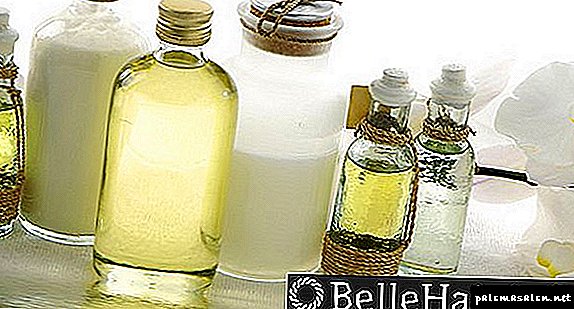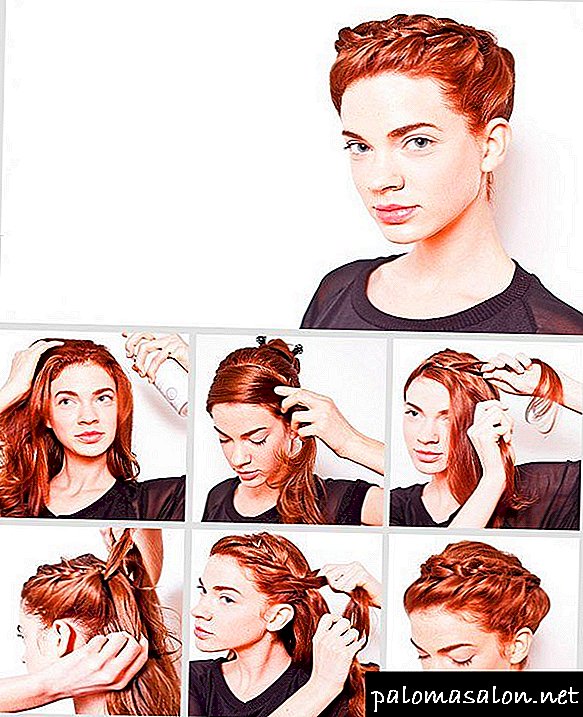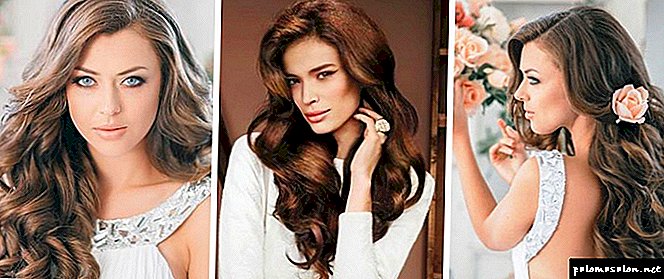Hair coloring is one of the most ancient hairdressing manipulations and, undoubtedly, the most popular. All over the world, millions of women get rid of gray hair in this way, drastically change their image, or simply give their hair a light shade and shine.
Coloring involves applying a dye to the curls with a particular chemical composition. Depending on the type of coloring, the paint will last on your curls from one day to several months. In some cases, the resulting color can either be removed with a special “wash”, or cut.
Different techniques of applying coloring compositions can create a variety of effects: from strands naturally sun-bleached to the brightest “acidic” color.
Means for safe staining
When choosing paint for experiments, any professional and easy means for changing colors can be suitable, but only stable and proven tools can be used to paint gray hair. There is an opinion that paints without peroxide and ammonia cannot cope with this. However, those who diligently and regularly applied henna or basma were able to achieve a stable result.
Henna and Basma
First staining with henna or other grass-based paint, you need to know that you will not achieve the desired color after the first dyeing, natural dyes appear after several sessions of dyeing. Once the desired shade is obtained, you can proceed to the monthly adjustment of the hair color at the roots, without touching their length.
The safest paint - henna has a number of advantages compared with even expensive professional tools:
- Improves the sebaceous glands,
- Eliminates dandruff and dryness of the skin of the head.
- It gives the curls a natural shine, makes them obedient.
- Does not fade from sunlight, and protects strands from them.
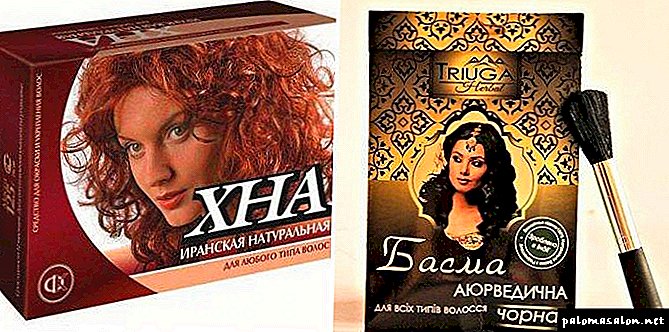
Before using basma or henna, it is necessary for some time not to paint with ordinary paint, to refuse highlighting and chemical perm. Some manufacturers of this natural paint add in its composition additional components that improve the condition of the curls and prevent rapid washing off of the resulting tone, but it leaves an imprint on the cost of a cosmetic product. If henna can be used on its own to obtain a reddish or saturated brown tint of curls, then basma is used only in conjunction with henna, otherwise you can get different shades of green instead of black hair.
When choosing henna or basma one should take into account that after long-term use of them, ordinary dyes may not be taken on the hair, due to the deep penetration of the natural dye into their structure. For a complete rejection of henna, it will take time, it is better to wait for the roots to grow at least 5 cm, and then gradually repaint the strands in a certain tone.
Ammonia paint
Not everyone has the opportunity or time to constantly visit hairdresser's and expensive salons, many at least once, but they painted themselves at home. After that, their shade not only deteriorated, but also the hair itself became brittle and lifeless. This could occur not only as a result of non-compliance with the technology of application and exposure, but also a strong aggressive influence of the paint itself.
Now on sale there is a new kind of coloring agents, in which, instead of ammonia, special dyes are used, whose effect on the skin and hair structure is almost imperceptible. They act on the surface of the hair, not penetrating into its structure. When dyeing with these soft hair dyes, their scales are practically not injured, a small fluffiness, which appears after washing the head, is eliminated by conventional care products for curls.
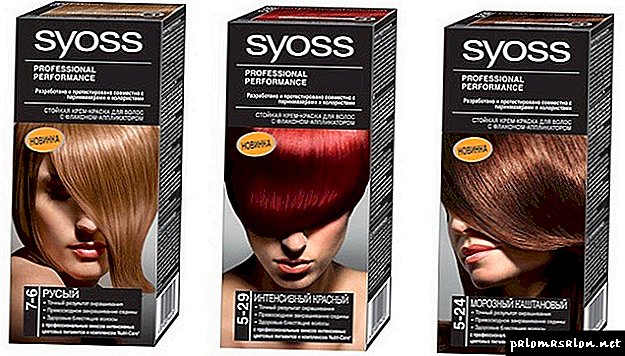
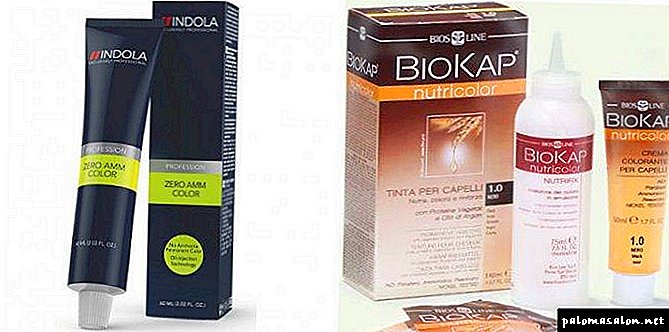
When choosing a non-ammonia agent, it is necessary to examine its packaging, if a natural dye is used instead of ammonia, then the paint is really safe, and in the case of using amines and sodium benzoate, it is worthwhile to doubt the sparing property of the paint. The latter components are as harmful as ammonia.
In the following video you will be able to get acquainted with a dozen of the best hair colors:
Five best safe paints
This rating is based on reviews of ammonia-free coloring products over the past year. When asked what hair dye is the safest, it is difficult to give a definite question, it is required to study the palette, composition and reviews of the cosmetic product.
"L`Oreal" and its product called "Casting Gloss". The French company produces affordable paint with a soft but durable staining effect. In its palette, this paint has 26 shades. This ink is based on royal jelly, thanks to which hair becomes silky and docile when styled. All shades of "Casting Gloss" remain on the hair for a long time. If only this tool is used for painting, then soon the curls will look well-groomed and restore their damaged structure.
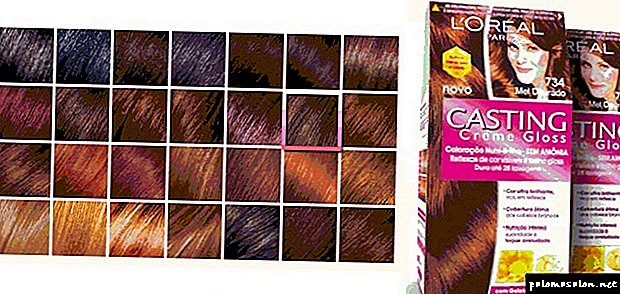
Schwarzkopf offers ammonia free paint “Igora Vibrance”. It refers to professional means, therefore, after dyeing, the obtained tone corresponds to the desired one, even if applied at home. Among the special components of this product is an extract obtained from gardenia and Polynesian oil. After dyeing, you can get not only a persistent and saturated hue, but also in parallel to restore damaged areas of curls, saturate them with useful substances and restore the natural shine.

"Matrix Color Sync" - without ammonia. This dye is unique in that in parallel with the dyeing to carry out glazing hair. Applying this tool regularly, you can even make curly hair smooth, its components tightly fasten hair scales and provide rich shades of curls. It lasts a long time, it can compete with professional ammonia products by its persistence. Matrix Color Sync repaints curls in natural shades and perfectly paints over gray hair.
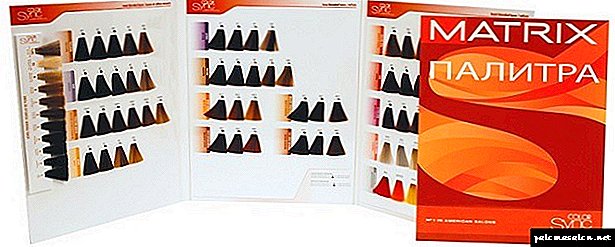
ESTEL produces professional paint; among its individual lines there is Professional ESSEX, a non-ammonia coloring agent, presented in 76 shades. Before using it at home, you should consult with a specialist about the percentage of oxidant. The paint contains modern molecular development called “K & Es”, which provides deep staining of gray hair. The action of the remaining components: keratins, guarana seeds and green tea is aimed at moisturizing and restoring each hair.
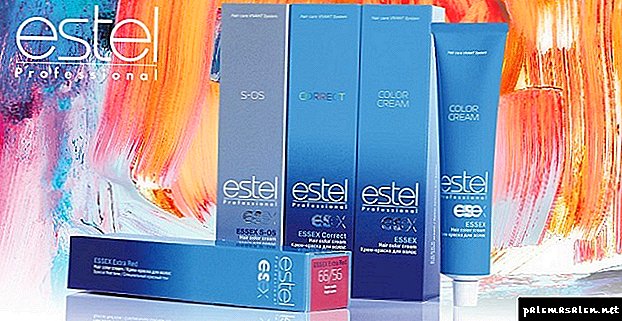
Londa produces more than one line of high quality paints. Her Professional Londacolor series has 96 shades, but this is an inconclusive number of them, as the company is constantly expanding the palette of colors, most of which are cold shades. This coloring agent is a gentle, but with it you can significantly change the hair color. Substances in its composition envelop each strand with an invisible film, nourish it, retain moisture.
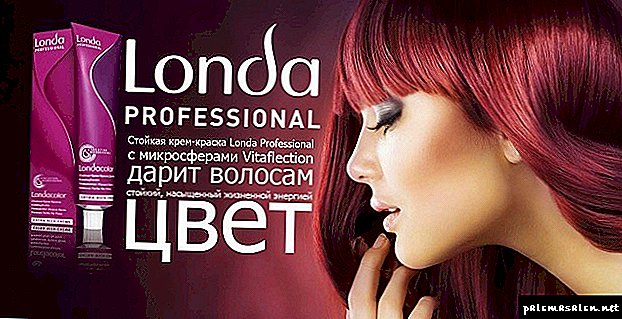
Among these harmless hair dyes, you can choose a suitable option for yourself, and after using it, get a new color of curls and restore them after countless dyes with aggressive means.
Periodically, I have problems with hair loss, once again after my hair began to thin noticeably, I turned to a trichologist. He suggested trying to stop the loss of curls by regularly applying colorless henna. It should be diluted with water, and then applied to the head, as usual paint, only it does not paint them, but strengthens them. The fallout stopped after the second time, but I saw the transformation of the hair two months after the first use of henna.
My friend convinced me to switch to non-ammonia paint, which we ordered over the Internet at tangible discounts. We chose it on a herbal basis, some friends tried to dissuade us, they say, an unknown manufacturer and it is not clear what color it will turn out, but we decided. I have a lot of gray hair and I have been painting the usual black color for three years already, so I didn’t worry about the shade, the girlfriend always painted with chocolate, and in the palette presented on the website it wasn’t, she eventually took the color Brown. After the first coloring, nothing has changed significantly, even with a friend. But after the second dyeing, I had a blue tint, as indicated on the packaging, and my friend from the “chocolate” turned into a natural brown hair, which she was glad of.
Svetlana, 31 years old:
For several years now I have been painting “Casting Gloss” from “L'Oreal”. For me, this is the best option. This creamy tool is easily mixed, applied to the curls, does not spread, if somewhere falls on the skin, it is well washed off with plain water. I have no gray hair, I can’t say anything about this, but it lasts a long time on my hair. I paint about once a month.
It has long been looking for a gentle paint, with which you can experiment with hair without harm to them. I study in the theater, and often try on different roles, I refuse wigs, since I have blond curls and they can be easily repainted (of course, I don’t dye to a brown-haired brunette), to do different shades. Before acquaintance with the paint, Londacolor used different tonics and crayons, coloring individual strands, but after frequent use of these products, the hair began to look like a washcloth. Now I go with a lilac shade on my head, I painted myself “Londa”, my hair looks amazing, after it it became shiny and soft.
Katerina, 50 years old:
I’ve been using basmu for painting gray for a long time, I don’t know why to spend money on expensive paint if this natural product looks great on hair and lasts a long time. Now I tint only the roots, once I achieved a rich black color and now I don’t even worry about the shade along the whole length of the strands, it is not washed off.
See also: Ten tips on how to create the perfect hair color at home (video)
Types of staining
A variety of compositions for painting allow you to change the color for one evening, and for several months.
- Temporary coloring will keep the color only until the first washing of the head, because the paint in the form of ink or mousse remains on the surface of the curls, only enveloping them.
- Direct staining will keep the color for 1-2 weeks, depending on how often you wash your hair. Tint shampoos and tinting balms also cover the hair only from above, without penetrating deep into.
- Semi-resistant will remain on the hair up to one month. The active ingredients are stained by penetrating the topmost layer of the hair.
- Persistent (permanent) works much longer than others. The dye contains hydrogen peroxide and penetrates into the layer of hair, which contains the natural pigment melanin.
Modern masters of hairdressing can change your image by a variety of methods. With the help of various shades of dye - contrasting or as close as possible to each other - as well as different techniques of applying them to your hair, you can get an incredible variety of effects.
- Single color staining.
- Toning - soft, unstable staining.
- Elution, lamination or phytalamination is the application of a special laminate that covers each hair with a thin film.
- Coloring - coloring in different shades, for example, in the technique of ombre or brondirovanie.
- Highlighting - brightening or dyeing lighter color of individual strands.
- Blondirovanie - lightening hair.
- Hair decapitation - washing the color of the previous coloring and applying a new paint.
Contraindications
Since during dyeing the dye, which may contain undesirable chemicals, comes into contact not only with the hair, but also with the skin, the procedure has its own contraindications:
- eczema,
- itching and skin irritation,
- other skin diseases
- kidney disease
- bronchial asthma,
- bad condition of curls,
- pregnancy and breastfeeding (it is better to choose the most gentle method of staining).
Changing the color of the hair is a quick, easy and safe way to change appearance. Today, thanks to the achievements of the modern beauty industry, every woman has an inexhaustible source of creativity, experimentation and transformation.
Can children dye their hair?
You can dye your child's hair, but be careful! Hair coloring for children is different from coloring hair by adults with effects on the scalp and the hair itself.
It is not recommended to dye the girl's hair before puberty. Hormones play a key role in the development of baby’s skin and hair. Wavy hair can become straight and vice versa, hair color can change, hair can become thicker or thinner. Children’s hair goes through many changes from birth to puberty.
Permanent paints, as a rule, contain ammonia, hydrogen peroxide and other aggressive components. Dyeing and brightening children's hair causes them more harm than adults.
Children's scalp is more tender and sensitive, therefore, even more than in adults, is prone to the appearance of allergic reactions. In addition to the effects of the dye components on the scalp and the hair itself, there is a risk of negative effects of inhalation, which is especially dangerous for girls with asthma.
A child's hair is usually much thinner than an adult’s, which makes them more susceptible to chemical exposure, so if you do decide to dye your child’s hair, do it in ways that avoid direct contact of dyes and clarifiers with the scalp .
How to dye your child's hair as safely as possible
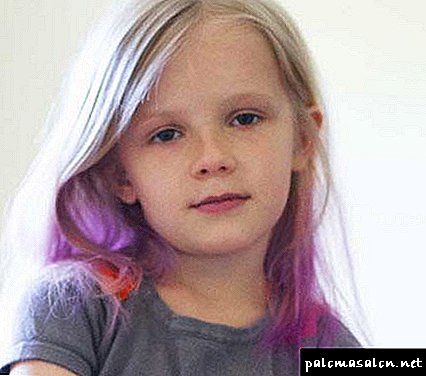
• Test the paint for an allergic reaction.
• Try to avoid contact of the baby’s paint and scalp.
• Usually the girl wants changes in appearance. In order not to dye your hair completely, try dyeing the child’s hair with an ombra technique (dyeing the tips) or balayazh (lightening and dyeing individual strands). If the procedure is carried out carefully, the dyes will not fall on the scalp of the child.
• Act on the principle: the smaller the better.
• Do not use resistant hair dyes for at least 8 years.
• Use ammonia-free paints and paints with a minimum content of aggressive substances.
• It is best to use not permanent dyes, and tint balms. • Children will not be harmed by temporary hair dyes that quickly wash out.
• To dye your child’s hair in the safest way, use chalks for hair. They are easily washed off and provide an opportunity to change the image frequently and to the mood of the daughter. Pastels for hair will be an excellent way out of the situation when you need to dye your hair at any event.
How to dye hair chalk for hair
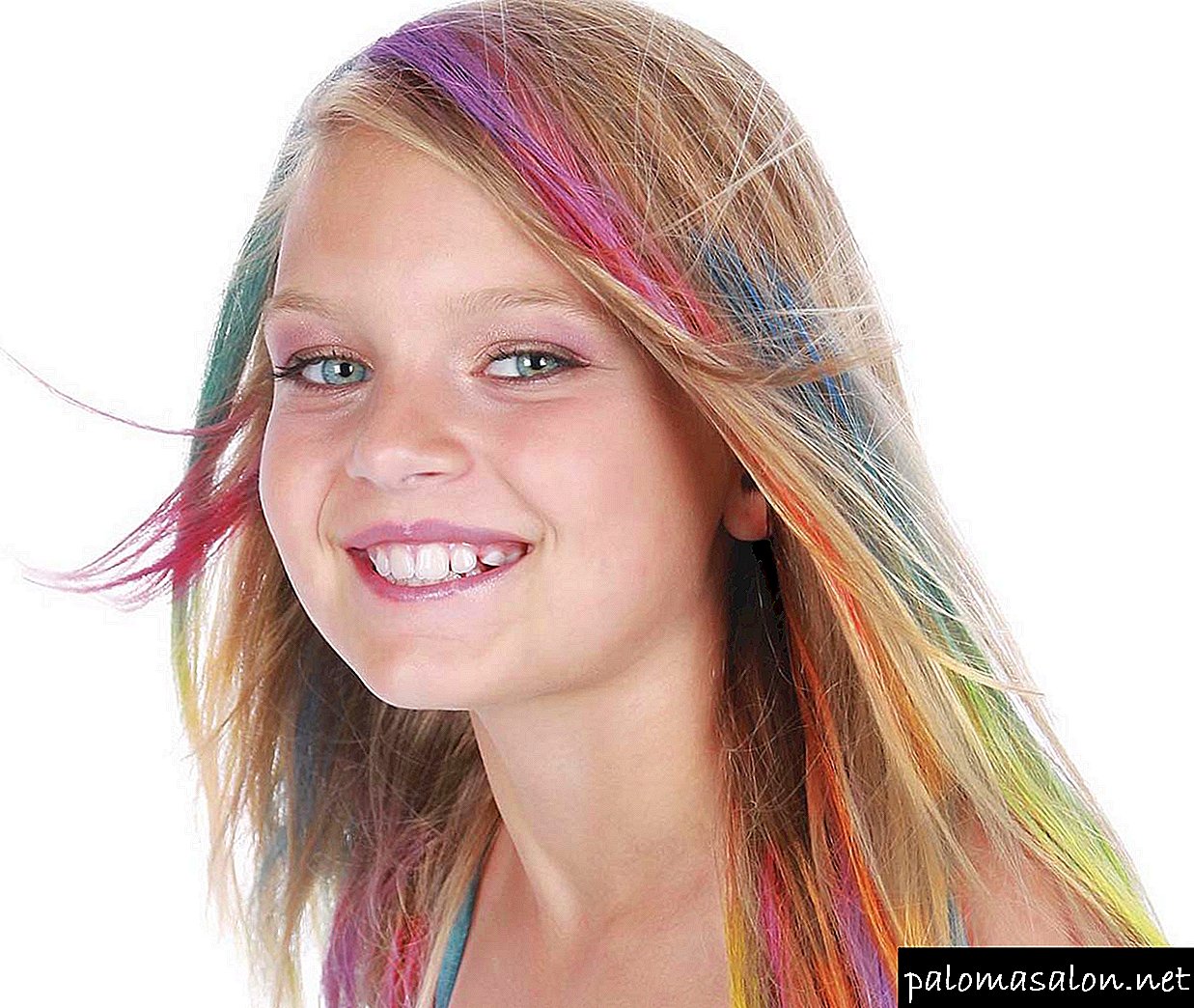
For fair-haired fit any color. For darker hair, take brighter colors.
• Crayons or pastels for hair (do not use oil-based crayons so that traces of them do not remain on your clothes)
• Spray or bowl of water
• Hair straightener
1. Divide clean hair into sections.
2. Using spray from a spray bottle, moisten the hair to make the color more saturated and last longer. You can prime the hair by dissolving a piece of chalk for the hair in a small amount of water and applying this water with a brush to the strands.
3. Draw chalk on the hair, slightly rubbing it.First, apply light colors, otherwise the remnants of darker crayons will remain on the gloves and light shades stain.
4. Dry the hair colored strands of hair and “seal” the color with an iron.
5. Make curling curls on the colored strands.
How to wash off chalk for hair
As a rule, crayons are washed out at once with shampoo, but on porous hair and in blondes the color may remain and you will need to wash your hair with shampoo a couple of times. To wash crayons for hair faster, use dishwashing detergent, but use it not on the whole head, but only on the colored strands.
Tip: If you want to get a more pronounced color, first dye your hair with white chalk, and on top apply the color you planned.
Why use baby hair dye?
The structure of adult and children's hair does not differ significantly, just children's hair is thinner and more susceptible to external influences.
Unstable hormonal background of the child may respond to painting strands, aggressive chemical effects are generally unpredictable, hair can become:
- Stiffer or softer.
- Thinner or denser.
- Straighten up or start curling.
- More fragile, brittle and porous.
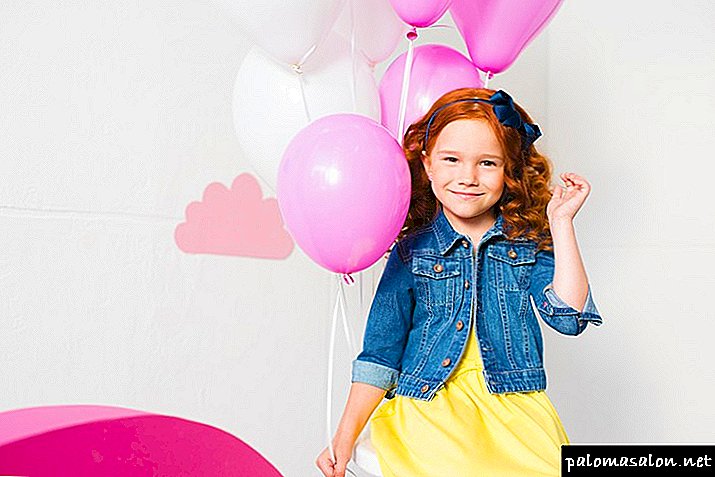
How are children's hair colors different from adults?
The main difference between children's and adult hair dye - composition and impact.
Composition:
- Professional paints, for a more stable and long-lasting effect, use aggressive components - ammonia, oxide, hydrogen peroxide and so on.
- Children's paints include more benign ingredients - vitamins and B-hydroxy acids, as well as plant extracts and nutrients.
Impact:
- “Adult” paints penetrate into the hair shaft and dye it, so the color lasts a long time.
- The children's product uses light dyes and a direct-acting pigment that envelop the hair shaft from the outside without penetrating it, so they are more delicate.
Top 3 popular dyes for children's hair
Finding a baby hair dye can be a problem. This product is not very popular, and therefore not represented in supermarkets. It can be purchased either in the online store or in specialized boutiques of professional cosmetics.
The most popular brands include the following:
Golosa - made in Italy (firm Shot)
- Ingredients: direct acting pigment, vitamins A, E and B-hydroxy acids.
- Feature: due to the natural composition, the paint can not only change the hair color, but also improve their condition (make it smoother and shinier).
- The color palette: contains 13 shades, among which are classic conservative colors and more creative bright and juicy solutions.
- Persistence: the color is completely removed from the hair after 4-5 shampooing.
- It is recommended to use no more than once in two months.
Arctic Fox - manufacturer UK
- Ingredients: exclusively herbal ingredients. The manufacturer claims that ammonia, hydrogen peroxide, ethyl alcohol and GMO - proteins are not included.
- Feature: during the dyeing, the integrity of the hair shaft is restored (the scales are smoothed), its intensive hydration and nutrition.
- Color palette: contains 50 shades for every taste. From traditional natural to acid rainbow.
- Firmness: the shade is washed off after the 6-7th shampooing.
- It is recommended to use no more often, once every 1.5-2 months.
Colorista Spray - manufacturer France (L’oreal)
- Ingredients: herbal extracts, vitamins C, A and E and natural dye.
- Features: release form - aerosol, intended for partial or full hair coloring. Does not spoil the structure of the hair shaft, hypoallergenic, in contact with the scalp does not cause irritation.
- Color palette: more than 40 shades. Mostly bright and rich colors, intended for celebrations, parties and carnivals.
- Firmness: it is washed away at the first contact with water and shampoo. Therefore, it is not recommended to use before visiting the pool or rainy weather.
- It is recommended to use no more than two times a month.
Algorithm for applying children's dye on hair
Even the most gentle dye is stress for children's hair, so it is recommended to partially dye:
- To paint individual strands - style
- Use the ombre technique - to dye the ends of the hair in one or more colors.
The procedure itself looks like this:
- Before dyeing hair, be sure to test for an allergic reaction.
- On clean washed strands, apply hair dye.
- It should start from the back of the head, then the temples and bangs, all towards the top of the head, evenly distributing the product to the entire surface of the head.
- Paint should be applied with a brush without touching the scalp.
- The back of the head, temples and forehead are recommended to lubricate with fatty children's cream, in order not to accidentally paint the skin.
- The lighter the natural tone of the hair, the brighter will be the new shade.
- To maintain the recommended amount of time in the instructions and wash off.
- If the paint is applied from an aerosol can, then it should be spread on clean, dry hair and not rinsed.
Isn't baby staining harmful?
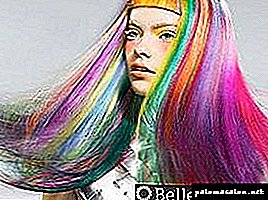 For children's coloring, the use of paints containing ammonia, hydrogen peroxide and other aggressive substances is strictly prohibited.
For children's coloring, the use of paints containing ammonia, hydrogen peroxide and other aggressive substances is strictly prohibited.
The scalp of a teenager is much more tender and sensitive, which can lead to allergies after using such materials.
Baby curls are thin, unlike adults, therefore more susceptible to the effects of a chemical. Only by the age of 12 do they become more similar in structure to the hair of an adult. Still, it is better to use light paints.
Features of children's coloring
Even when using the most harmless paints, should follow a few recommendations. They will help avoid unpleasant consequences in the form of allergies or irritation.
- Firstly test for allergic reaction
- use as little material as possible,
- children under eight years old should stop using persistent paints,
- instead of colors with ammonia, opt for tinted shampoos and balms.
Attention! In the process of applying the paint, avoid contact of the dyes with the scalp. Alternatively, you can use the Ombre technique - only tips are painted in this technique.
The safest coloring agents
To maximally protect the child from the negative effects of the chemical components of hair dyes, It is best to use safe staining methods. These include:
Henna - These are leaves of a bush, ground into powder. In the composition of such paint there are no harmful additives and chemicals. This is an absolutely natural, natural dye.
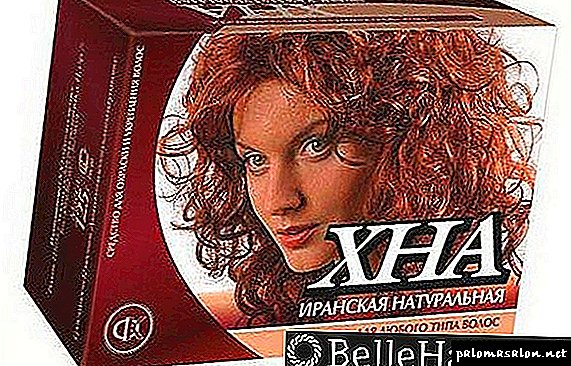
Basma - as well as henna, represents the crushed leaves of a bush. This indigofore bush is called. Basma has a rather lasting effect.
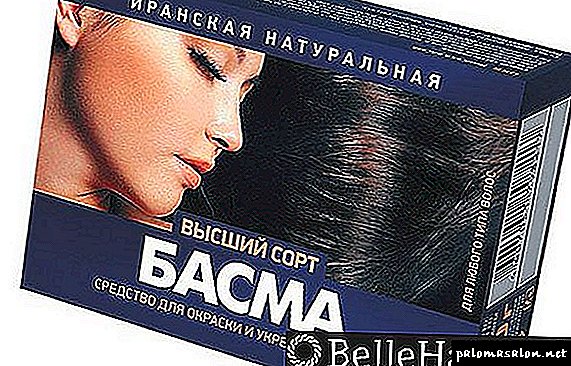
Tint shampoo or mousse - there are no aggressive coloring components in its composition, therefore the structure of the hair does not change. This shampoo can not only change the color, but also has a caring effect.
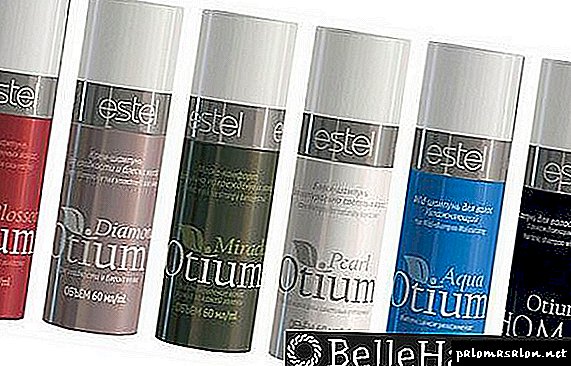
Color varnish for styling - except that with his help you can fix a hairstyle, they can give color. But this option is more suitable one-time, to attend some event.
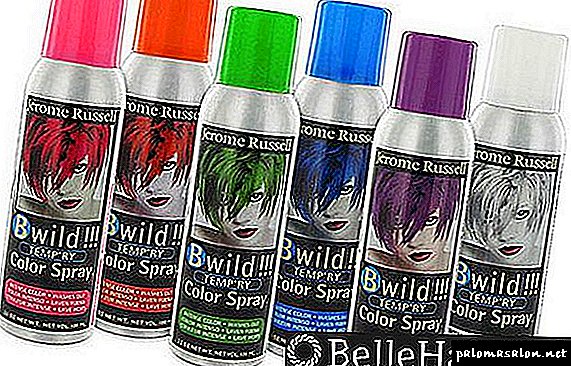
Crayons for hair - this is probably the safest and harmless way. But the most short-lived. Chalk is easily washed off.
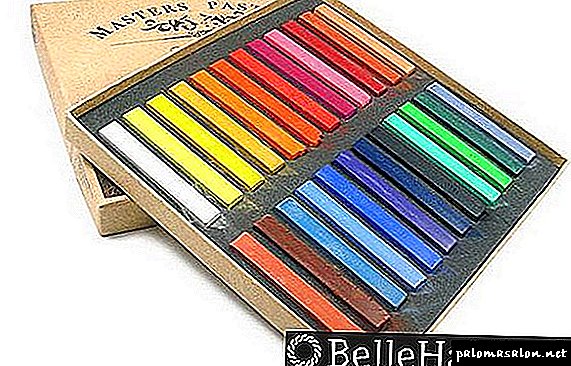
Baby colors
In fact, the palette of colors for hair coloring, in the modern beauty industry, is so rich that there is a color for every taste. Teens tend to prefer bright, unusual colors. Acid shades that color individual strands or the entire head completely become increasingly popular.
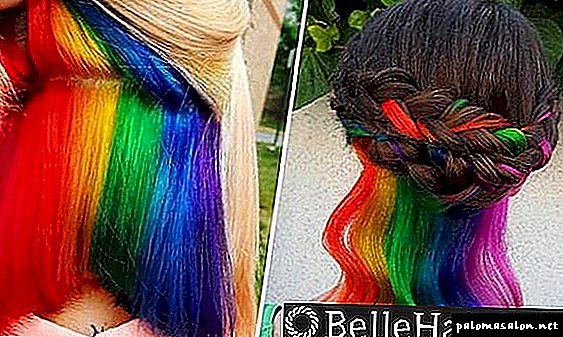
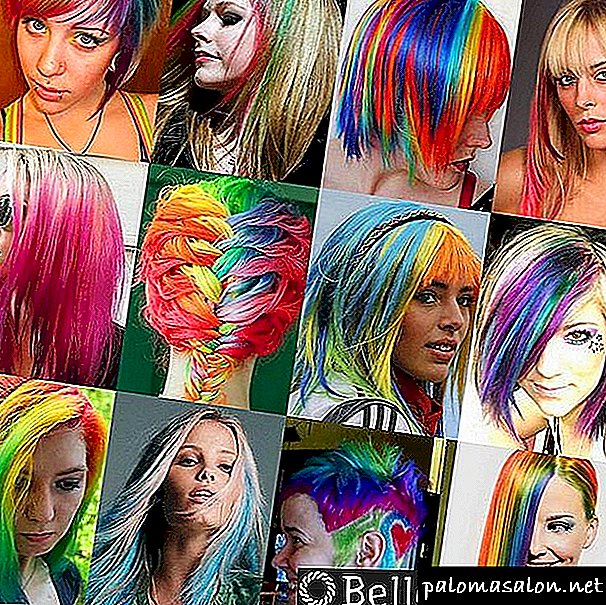
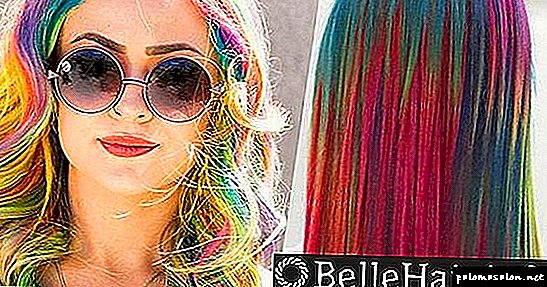
Dyeing techniques
For dyeing children's hair, the most appropriate technique will be the one in which the contact of the material with the scalp is minimal. The ideal technique is Ombre - paint only the tips and the paint does not harm the skin.
The procedure is quite simple, but you should entrust it to a professional. It is carried out in several stages:
- All hair is collected in several tails, at the level of the chin.
- The next stage is the primary painting on the tips of the strands. Paint is applied to the strands with a brush. It should be noted that the darker the original color, the greater the number of times you will have to lighten.
- Once the desired shade is obtained, the pigment is washed off.
Council Coloring with colored crayons is becoming increasingly popular. And even a teenager can handle it.
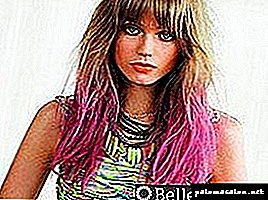 For the procedure will need:
For the procedure will need:
- boyfriend / girlfriend you can trust this business
- crayons for hair (it is worth refusing crayons made on the basis of oil, they can leave marks on clothes),
- gloves,
- T-shirt, which is "not sorry",
- water spray bottle
- styler or "iron".
With the necessary tools, you can safely proceed. For light strands, any colors are used, but for dark ones it is better to take colors brighter, otherwise coloring will be imperceptible.
- First, the hair is moistened with a spray. This is done to ensure that the color is brighter and lasts as long as possible. For a more lasting effect, you can dilute a piece of chalk in water and, using a brush, apply the composition to the hair. It turns out the so-called effect of "primer".
- Draw chalk on the hair should be slightly rubbing it.
- After dyeing, the hair is dried, and “sealing” the color with the help of styler.
- On the colored strands you can make curls.
Crayons are washed off pretty quickly with regular shampoo. It is worth washing your head only two or three times.
Advantages and disadvantages
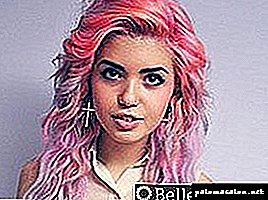 The advantages include:
The advantages include:
- positive effect on the condition of the hair and scalp of natural dyes,
- self expression of a teenager
- self-confidence
- good mood from getting what you want.
Of the minuses, perhaps, can only be an individual intolerance to the components of the paint. But it can be easily avoided, it is only necessary to conduct a preliminary test for an allergic reaction.
No matter how old a child is, eight or eighteen, he always wants to be special, not like everyone else, a person with his own views on the world and attempts to express them. Dyeing hair in different colors - this is one of these attempts. And do not let parents frighten such experiments on children. Youth is a time of rebellion. He is simply looking for himself and his life path. And as soon as the path is found, everything will fall into place.

